Meet the House Sparrow
The noisy brown bird in the bush.
At the edge of an otherwise quiet garden stands a short, leafy tree with obnoxiously loud bird calls coming from it. The harsh, insistent chirps seem to have no pattern, melody or song to them. But this particular sound has been heard in the UK since Anglo-Saxon times – it only adds to the charm of the garden.
On the ground under the tree there’s a sudden commotion – several small birds vying for the best patch for a dust bath! It’s a family of House Sparrows. Not so long ago, these would be the first birds that sprang to mind when you mention ‘garden birds’ in the UK.
ID features
Another ‘little brown job’, but these ones offer a bit more variation than last week’s Dunnocks. Male and female House Sparrows look quite different, though they both feature beige tummies and a big, chunky beak.
The female birds have streaky brown wings, but they aren’t as plain as they sound. Their feathers alternate between yellow-brown, pale chestnutty brown and grey-brown and are very pretty to look at. The females often have a pale stripe that runs from just behind their eye to the back of their head, and a pinky or yellowish beak and legs.
The male has a rich, chestnutty head with a grey ‘crown’ that runs from its beak to its back, and a black mask and bib. They may also have a black or grey beak. They have similar patterns on their wings to the females, but in much richer colours: that same chestnut on their head, through a range of browns to almost black.
Their cheeks may be almost white, or the same greyish beige as their tummies, and they have little white spots just behind their eyes, too.
The youngsters have the usual yellow ‘gape’ at the edge of their mouth like many other species, and otherwise look much like the female sparrow at first, though the males often have a dark throat and females may have a white or pale throat.
Feeding behaviour
The House Sparrow’s big beak is perfect for eating seeds and nuts, and they will happily visit all kinds of bird feeders to get to them. As they tend to hang out in groups, sometimes more than 20 strong, they can be a chaotic presence in a garden! They call to each other constantly and switch between feeders, perches and dust bathing with such energy it’s hard to keep your eye on them.
They are ‘opportunistic insectivores’, so might also be seen catching flies out of the air when there are lots of insects around or picking up caterpillars when they have young to feed. In fact, while still in the nest most House Sparrow chicks will eat more grasshoppers and crickets than any other food item.
House Sparrows eat a small amount of grit regularly to help them break down some of the tougher seeds and other items in their diet. And they’re also partial to crumbs and will often approach people in popular picnic spots!
Brown social butterflies
These delightful little birds are highly social. They dust bathe together, forage together and even sit in the trees ‘singing’ together (despite their song being almost exclusively one harsh chirrup). They also nest together – you can buy rows of nest boxes all joined up to attract families of House Sparrows.

While the males are bigger than the females during winter, the females have the size advantage during the breeding season and are more dominant than the males year-round. This can be seen at feeding stations and in the nest, and females may fight each other over males too.
At bed time, House Sparrows often indulge in a bit of social singing before roosting next to each other in a tree or bush. When they wake in the morning? You guessed it, more singing before they leave the roost site.
Where to spot a house sparrow
Despite their noise and the fact that they were once a garden staple, House Sparrows are now on the conservation ‘Red List’ in the UK, meaning they have declined to a worrying number. However, if you’re not in the very highest highlands you should still be able to track them down on the feeders in a residential area near you. Just learn their call (you can find a great example on this RSPB webpage) and wander around until you hear it!
Easily confused with
These two are so often confused! But Dunnocks are much greyer than House Sparrows and have a very thin beak by comparison.
Wrens are much smaller than House Sparrows, have a very thin beak and a short tail that sticks up at an angle.
Tree Sparrows are much rarer than House Sparrows and not found in most of Scotland, Wales and the South and South-East of England. Outside of those areas, you can tell a Tree Sparrow by the black circle on their cheeks. All Tree Sparrows closely resemble male House Sparrows apart from this feature.
Female finches can often resemble female House Sparrows, too – like this female Brambling.
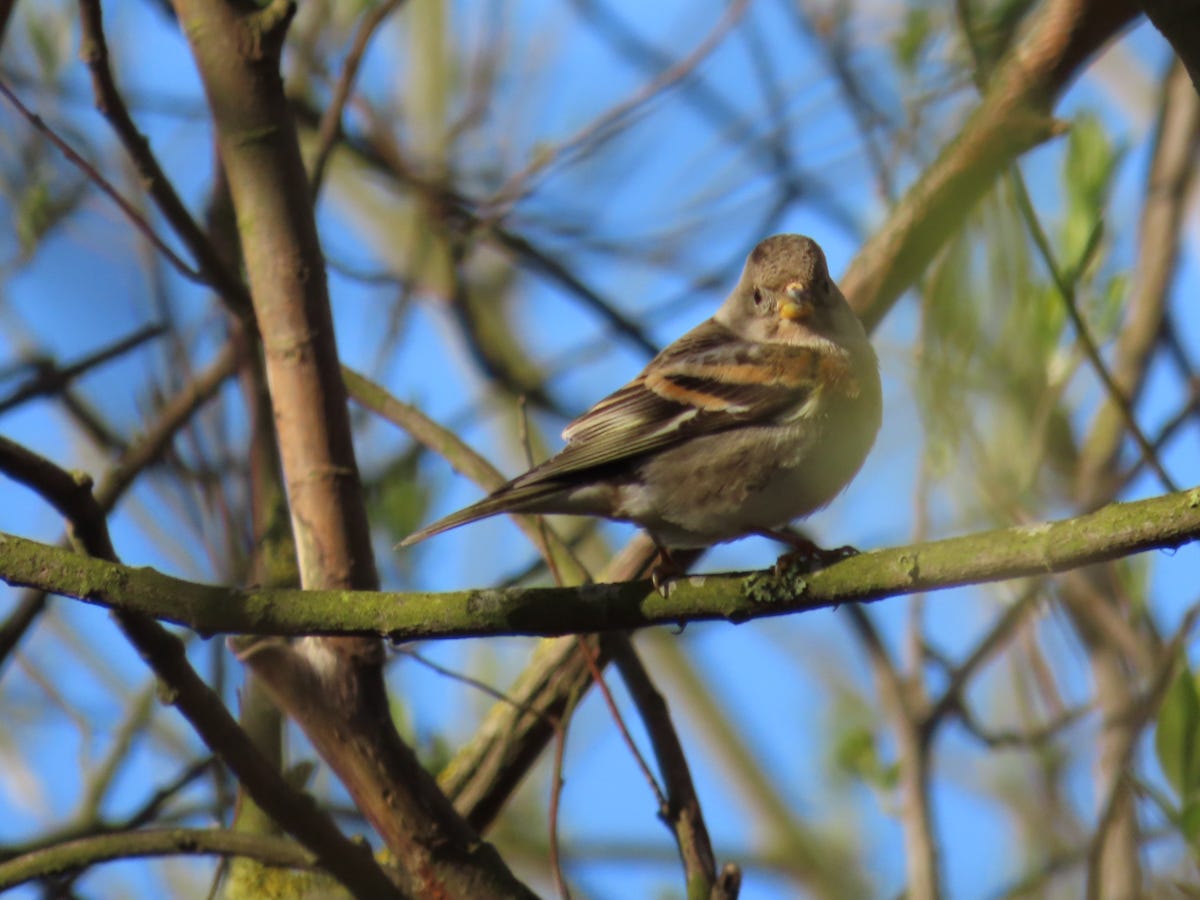
And this female Chaffinch.
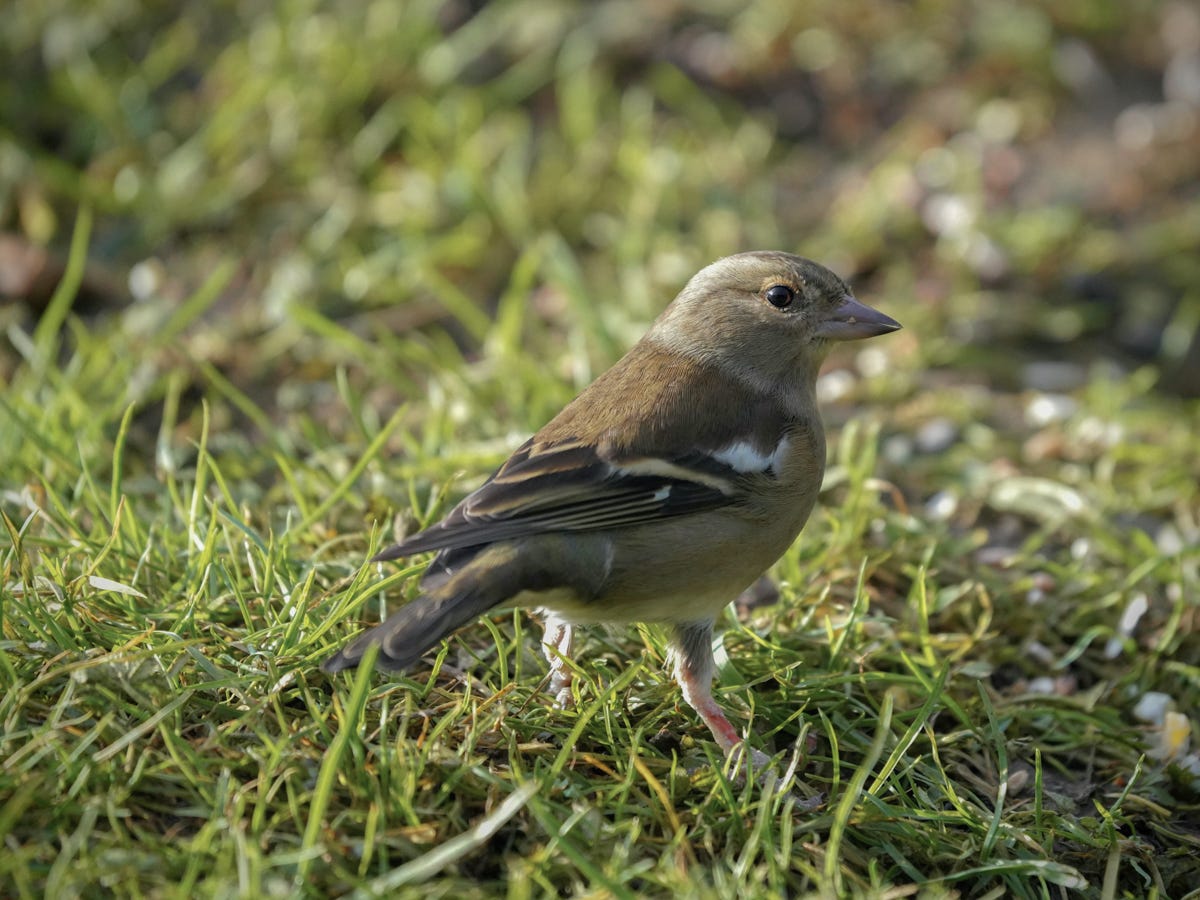
However, female House Sparrows only have brown with some narrow dark/black streaks on their wings, compared to the solid areas of black and the white flashes on both of these species.
Bonus House Sparrow facts
Thanks to their wide natural range and tendency to be introduced by humans, they are the most widespread wild bird in the world.
The black bib of the male House Sparrow grows larger as the bird gets older.
The Latin name Passer domestica comes from the words for ‘speed’ in reference to the small, active birds that all share the ‘Passer’ part of the name, while ‘domestica’ is a reference to the fact that House Sparrows are usually found near human activity.
They have lots of nicknames, such as spadge/spadger, spug/spuggy, sparr, spadgick, philip, spur and sprig.
House Sparrows can swim, and even dive and swim underwater (as seen in captive birds).
Most of our House Sparrows will spend their whole lives within a few kilometres of where they hatched.
In Greek mythology, these birds symbolise true love and represent spiritual connection between two people.
Have you seen a House Sparrow this week? Did you know they’re the most widespread bird in the world?




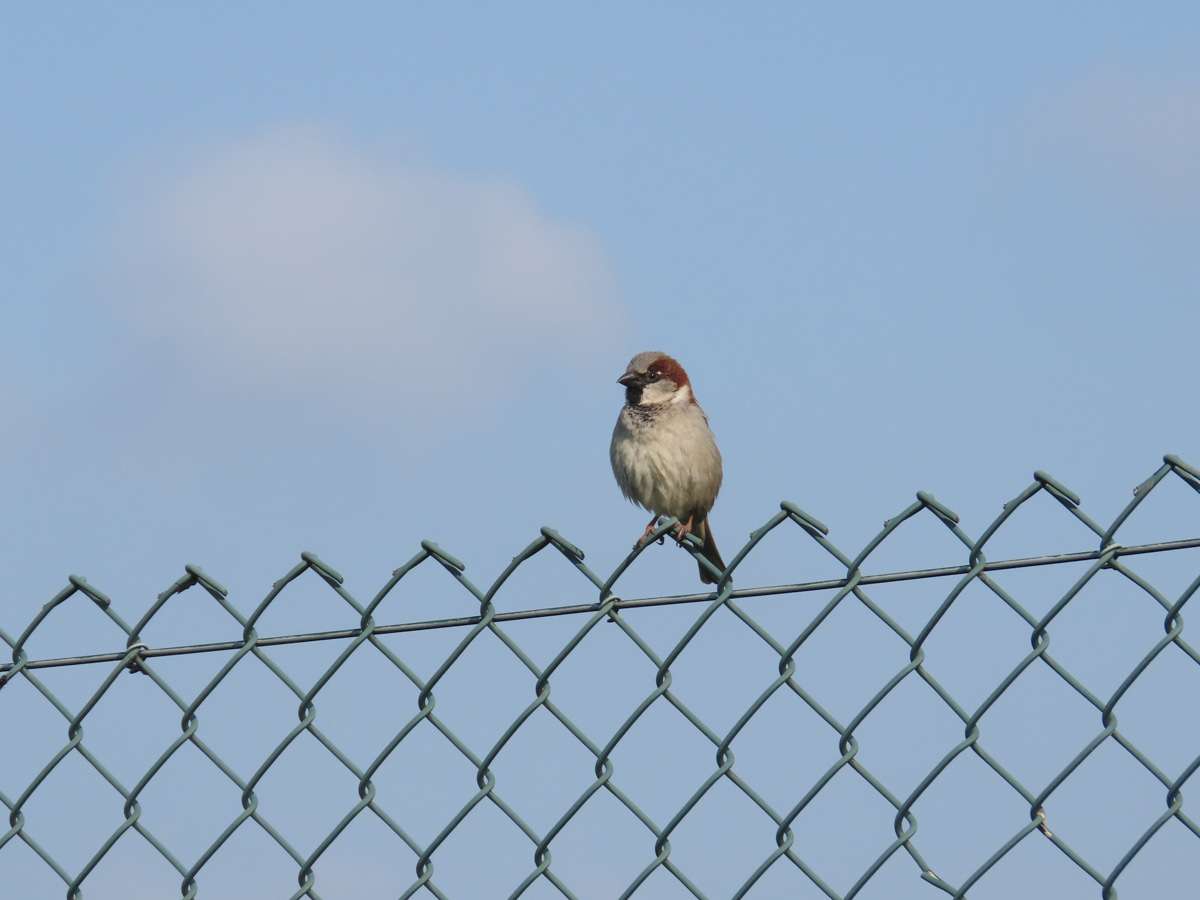
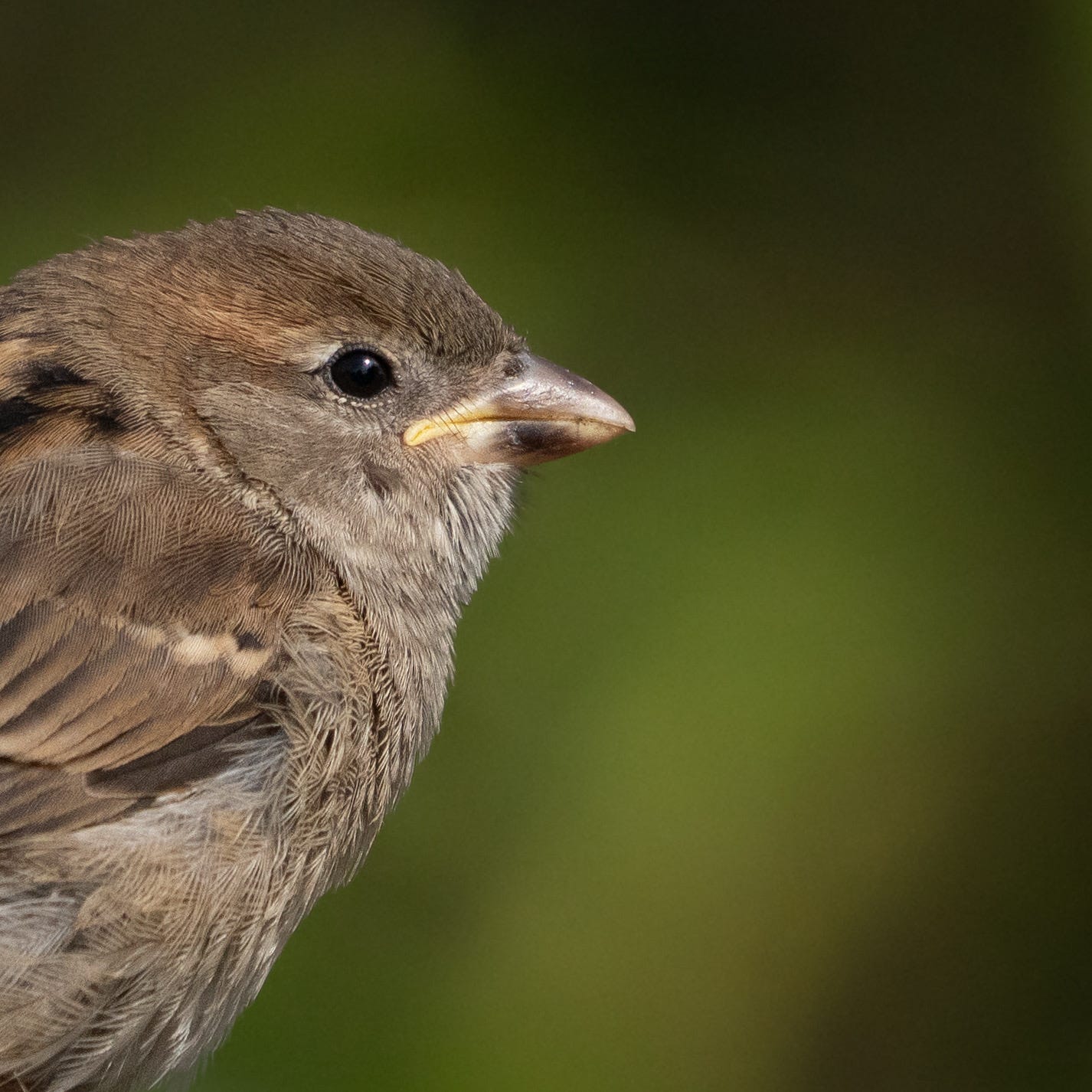
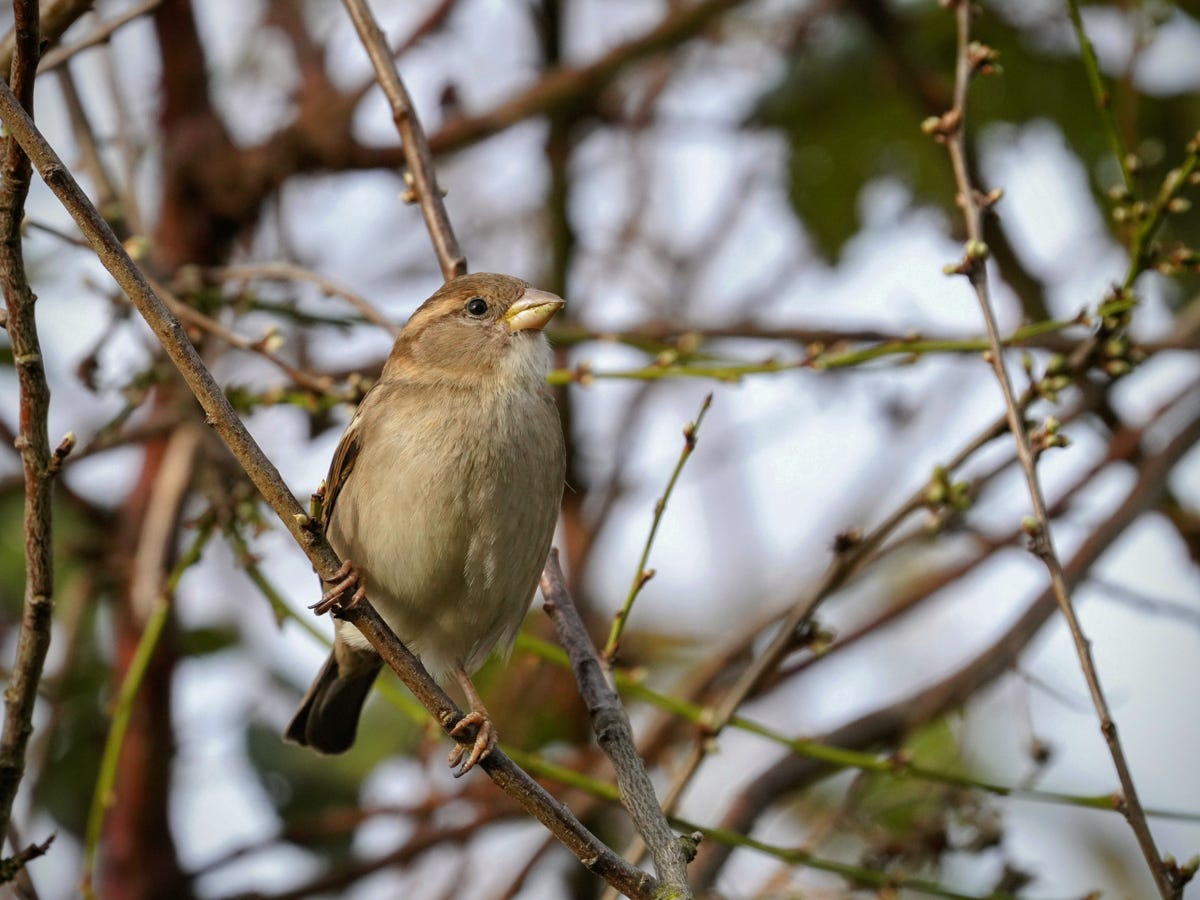
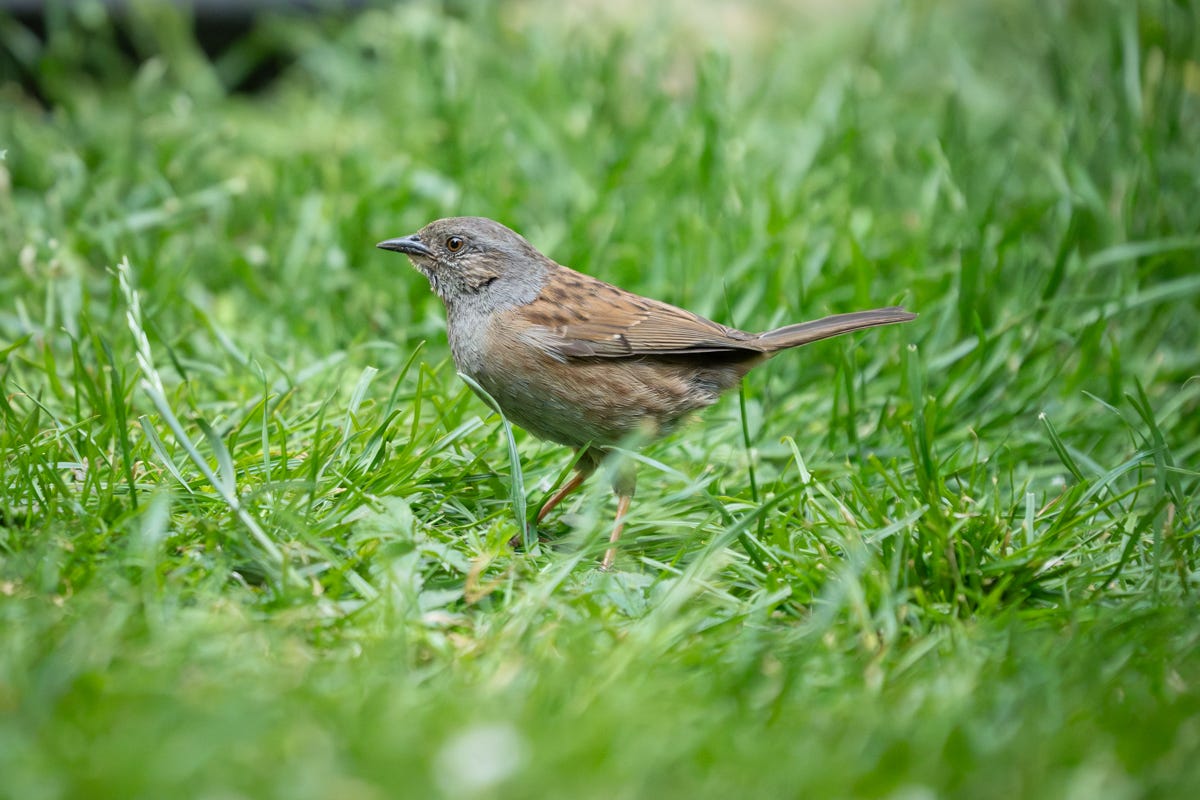
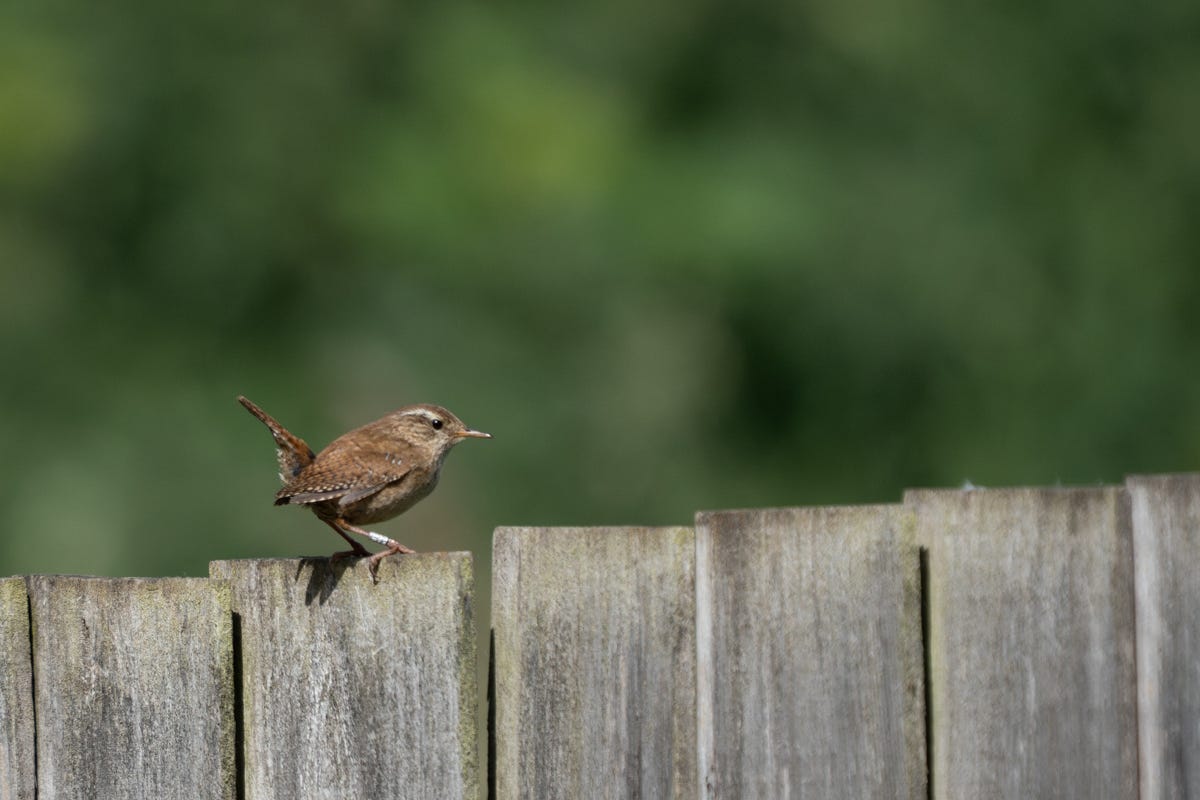
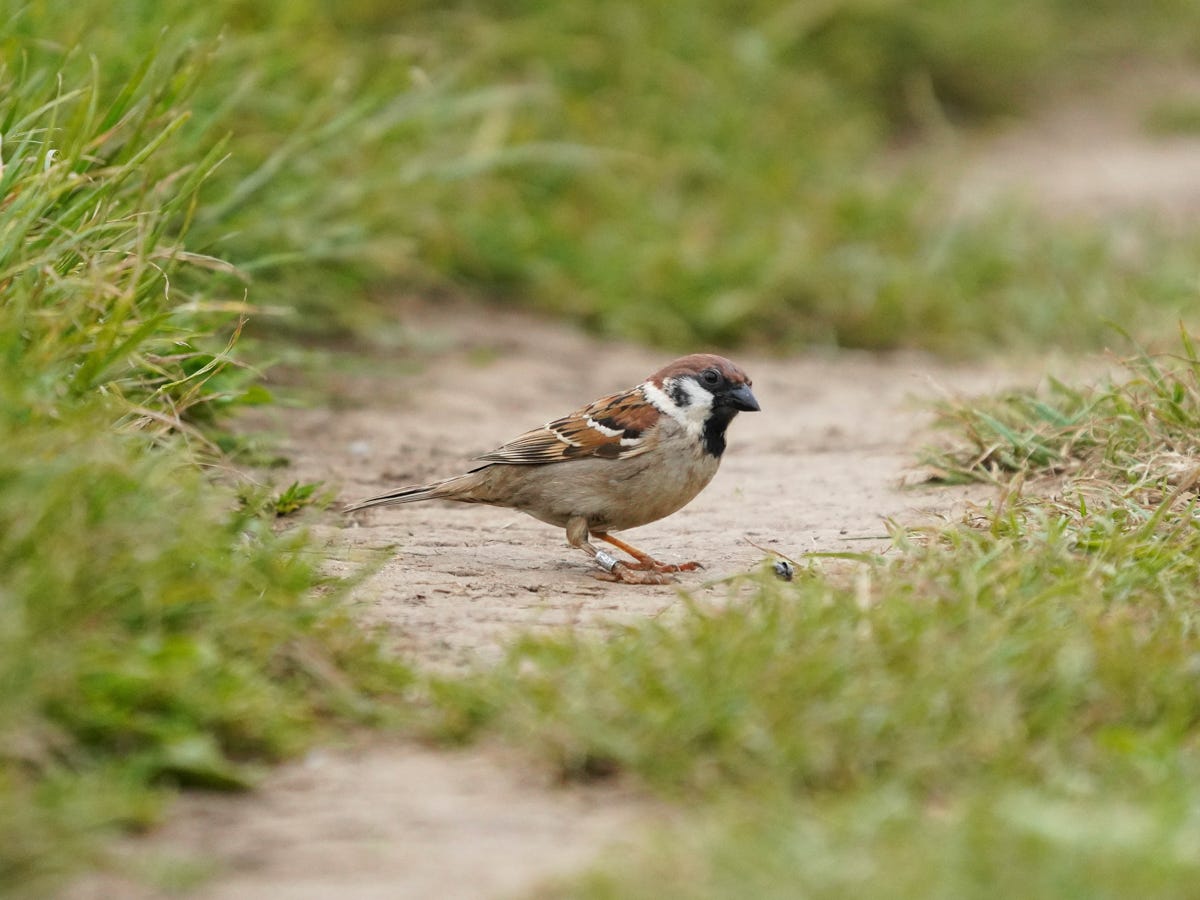
Great description thank you. I am fortunate to have a house sparrow hot-spot about 200m away. Several family groups split over a 300m stretch of road. They have been there for decades. The house roofs are old style and so perfect nesting spots. I am 65 and grew up in suburban Liverpool terraced house on a council housing estate. The rooftops of my road where literally lined with house sparrows and their nests. It is a sight I took entirely for granted as a youngster. If I saw it now it would stun me into silence and I would be reaching for the camera. That is how much the baseline has moved. Beautiful birds to see and hear though.